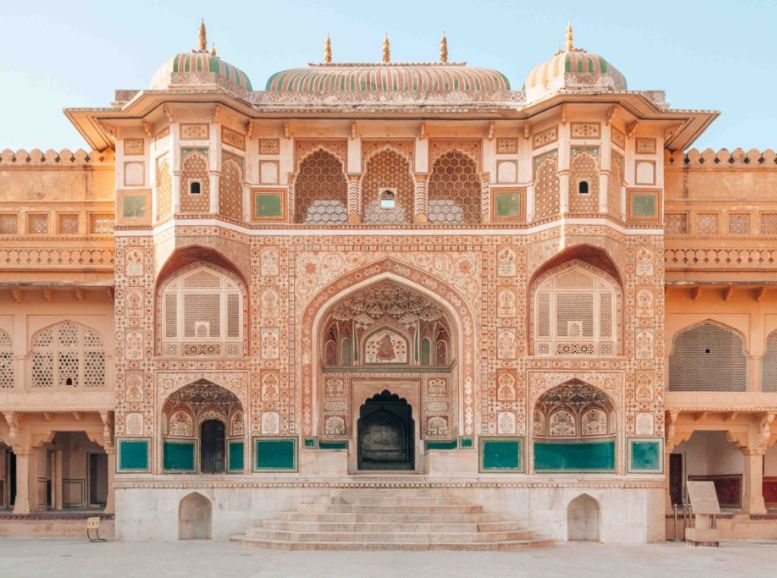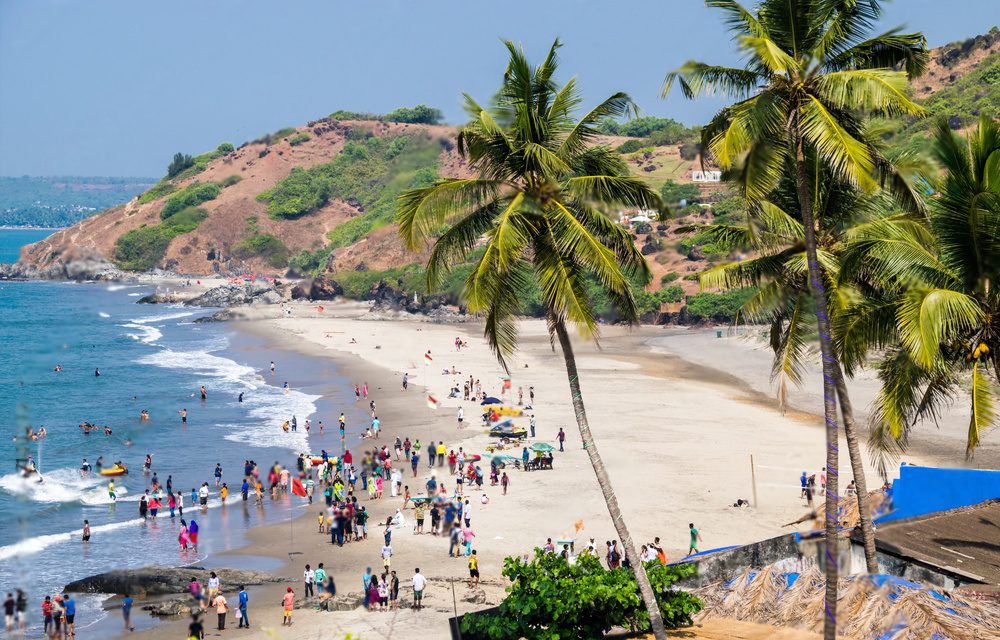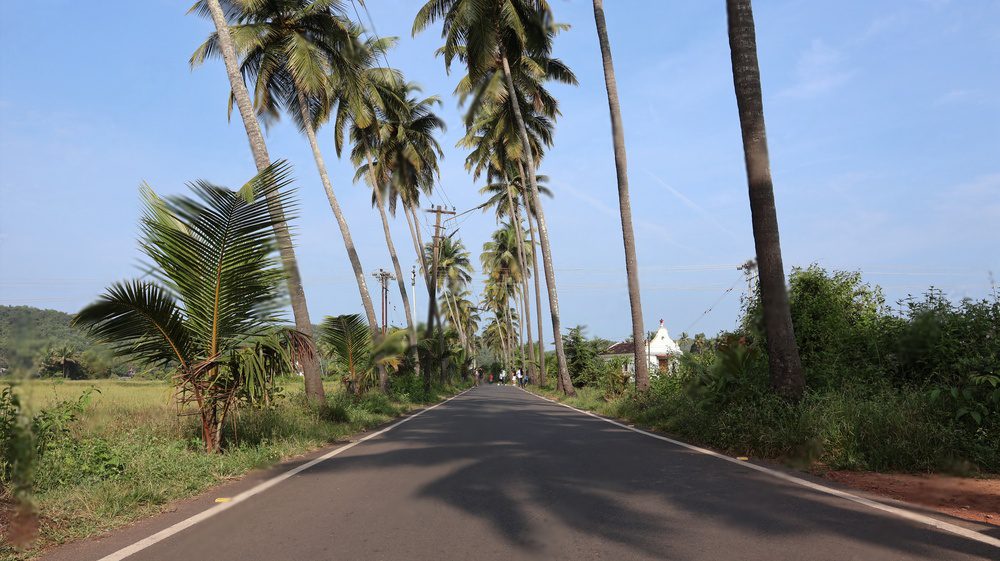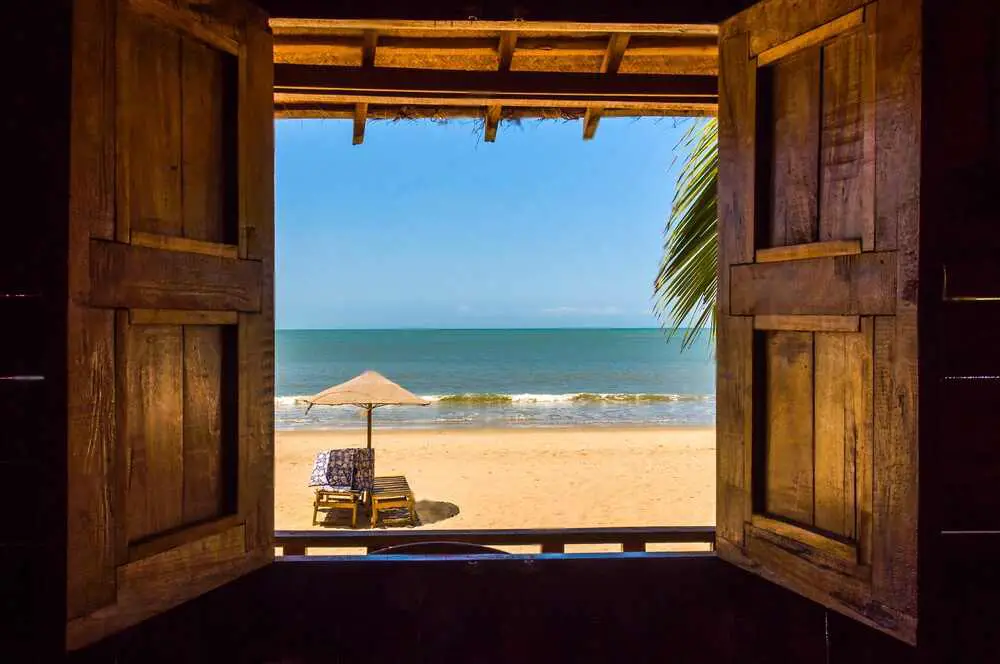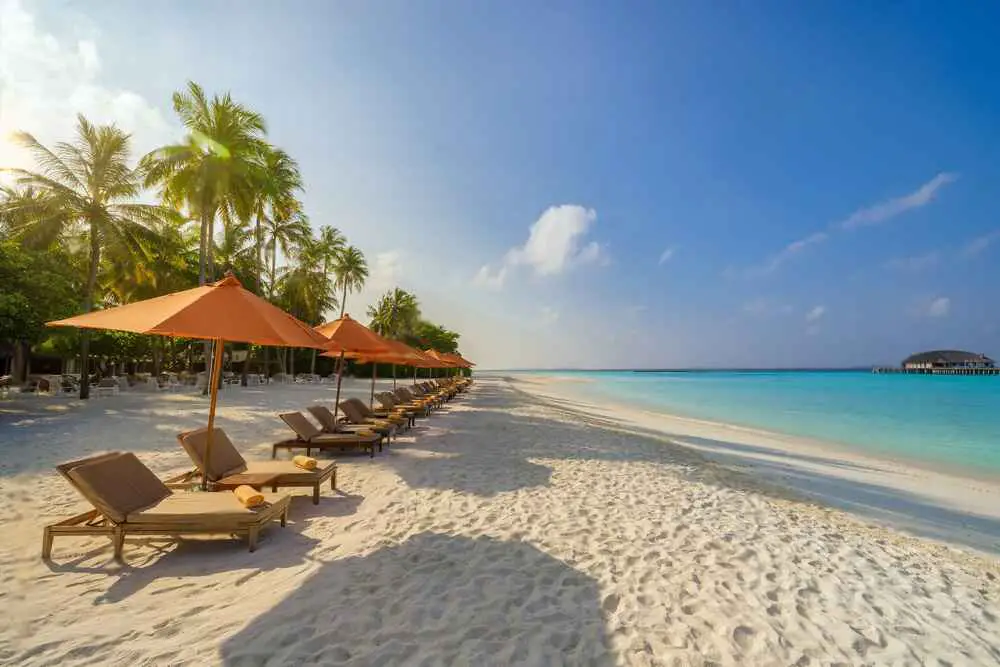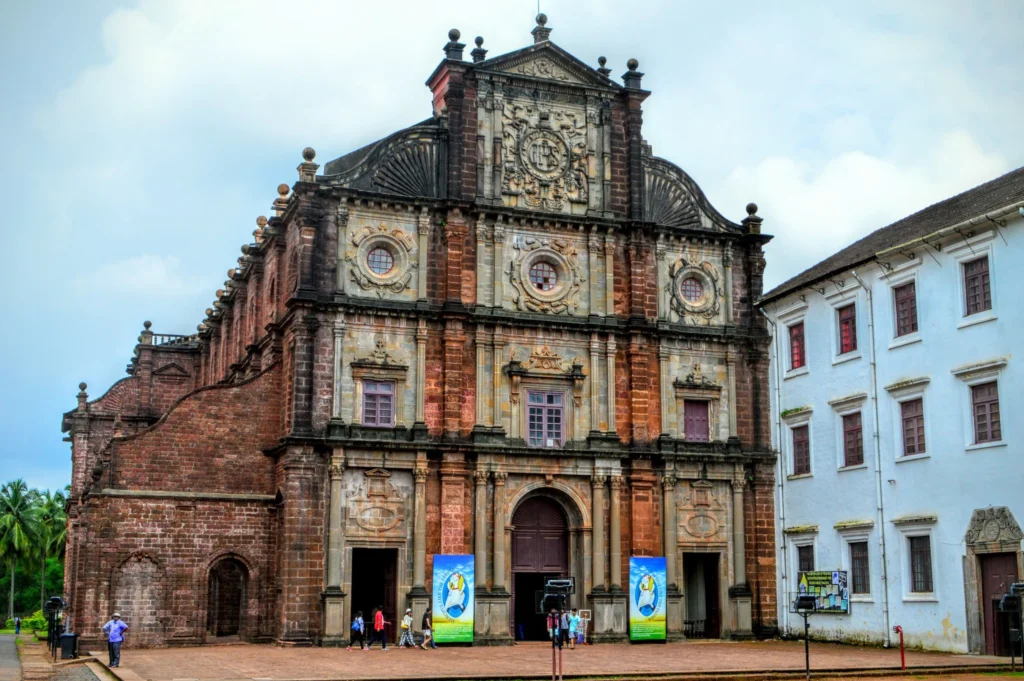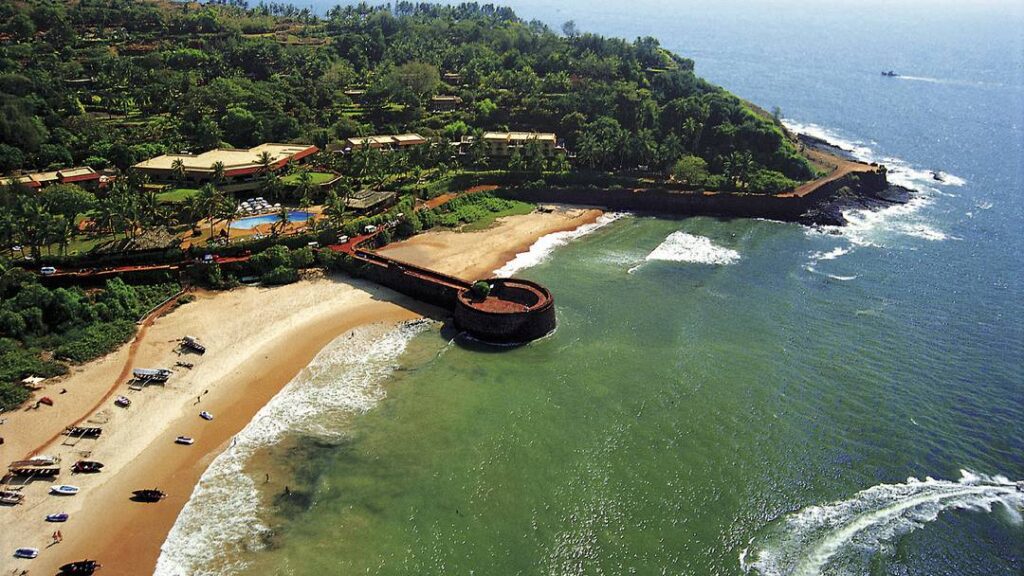The Amber Fort, a majestic crown jewel nestled amidst the rugged Aravalli hills, stands as a timeless testament to Jaipur’s vibrant culture and architectural mastery. Its imposing ramparts, intricate palaces, and breathtaking vistas beckon travelers from all corners of the globe to embark on a journey through Rajasthan’s regal past.
Step into a world where history comes alive in this very fort. Every stone whispers tales of valor and grandeur, inviting you to unravel the secrets of this magnificent structure. Built in the 16th century by Raja Man Singh I, a trusted confidant of the Mughal emperor Akbar, the fort’s origins intertwine the rich tapestry of Rajput and Mughal influences.
Wander through labyrinthine corridors adorned with elaborate murals and exquisite carvings. Be transported to a bygone era where Rajput royalty and Mughal opulence intermingled. From the dazzling Sheesh Mahal, famed for its mirrored walls, to the tranquil gardens overlooking the Maota Lake, every corner of the Amber Fort exudes a timeless elegance and a sense of enduring grace.
How to reach:
- Air: Jaipur International Airport, roughly 12 kilometers away, is the closest air hub. Taxis and app-based cabs are readily available for the 30-40 minute journey, depending on traffic.
- Train: Jaipur Junction, the city’s main station, boasts excellent connections to major Indian cities. Taxis and local buses can whisk you to the fort (around 11 kilometers away) in about 30 minutes, traffic permitting.
- Road: Jaipur’s well-developed road network makes reaching the fort by road a breeze. Taxis and local buses are available from any part of the city. If you’re arriving from other Rajasthani cities or neighboring states, consider inter-city buses or private vehicles.
Reaching the Fort Entrance:
Upon reaching the Amber Fort vicinity, you can choose between local auto-rickshaws or taxis to reach the entrance gate. Alternatively, a walk from the parking area is possible, though the distance may vary depending on your parking location.
Best time to visit:
- Winter Wonderland (October – March): This is peak season for a reason! Enjoy sunshine, mild temperatures, and cool evenings that make exploring the fort’s sprawling complex a delight.
- Spring’s Embrace (March – April): As temperatures rise (20°C to 35°C), pack sunscreen and stay hydrated. This is a lovely time to witness blooming flowers and lush greenery surrounding the fort.
- Searing Summer (May – June): Jaipur heats up considerably, with highs exceeding 40°C. Opt for early mornings or late afternoons to avoid peak heat while exploring the fort’s outdoor areas.
- Monsoon Majesty (July – September): Monsoon brings relief from the heat but also unpredictable rain and slippery pathways. Check the forecast before your visit to avoid disruptions.
Attractions:
Sheesh Mahal (Mirror Palace):
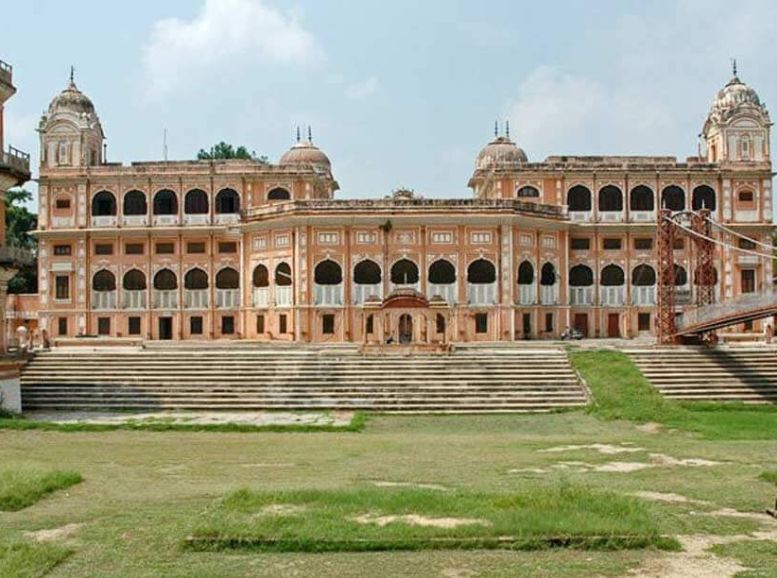

Jaipur’s Amber Fort boasts the Sheesh Mahal, a dazzling palace renowned for its mesmerizing mirror work. Imagine walls and ceilings awash in thousands of tiny, meticulously placed mirrors. As sunlight streams through openings, the Sheesh Mahal ignites in a breathtaking display of shimmering reflections. Visitors can’t help but marvel at the intricate designs and exquisite craftsmanship that adorn this architectural wonde
Diwan-i-Aam (Hall of Public Audience):
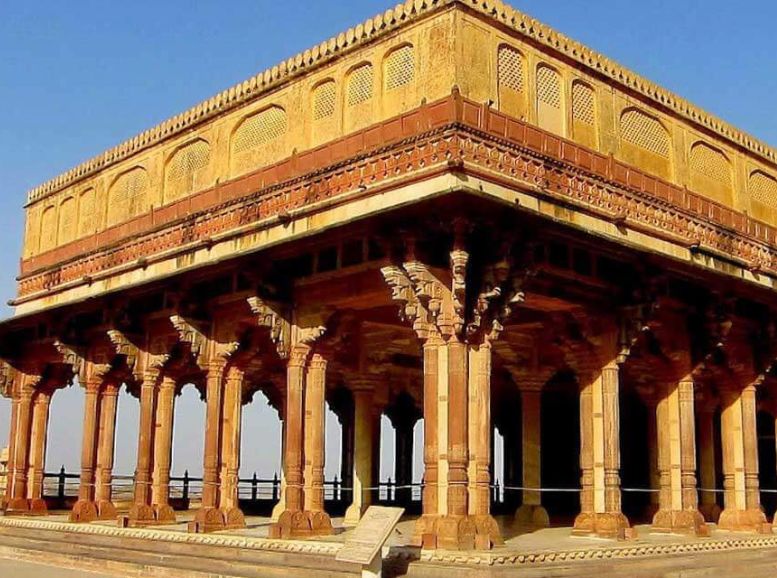

The Diwan-i-Aam, translating to “Hall of Public Audience,” served as the stage for the Maharaja to address his subjects. Picture a vast, airy hall – a bygone venue for public gatherings. Intricately carved pillars and arches frame the space, whispering tales of a bygone era. As you wander through, imagine the murmurs of the crowd and the echo of the Maharaja’s pronouncements.
Diwan-i-Khas (Hall of Private Audience):
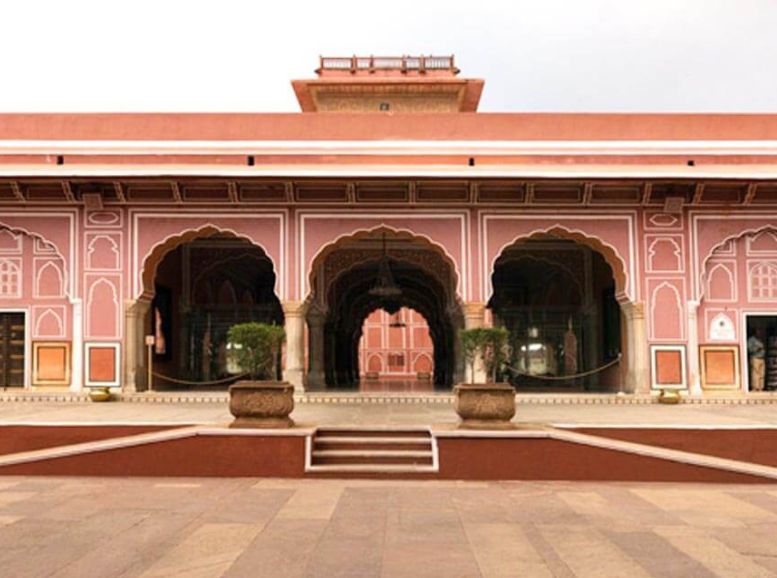

A world away from the public court lies the Diwan-i-Khas, the “Hall of Private Audience.” Here, the Maharaja held exclusive meetings with dignitaries and esteemed guests. Imagine the hushed conversations and diplomatic exchanges that transpired within these opulent walls. Intricate details and ornate decorations adorn the space, culminating in a stunning marble throne – a silent testament to the bygone era’s grandeur.
Ganesh Pol (Ganesh Gate):
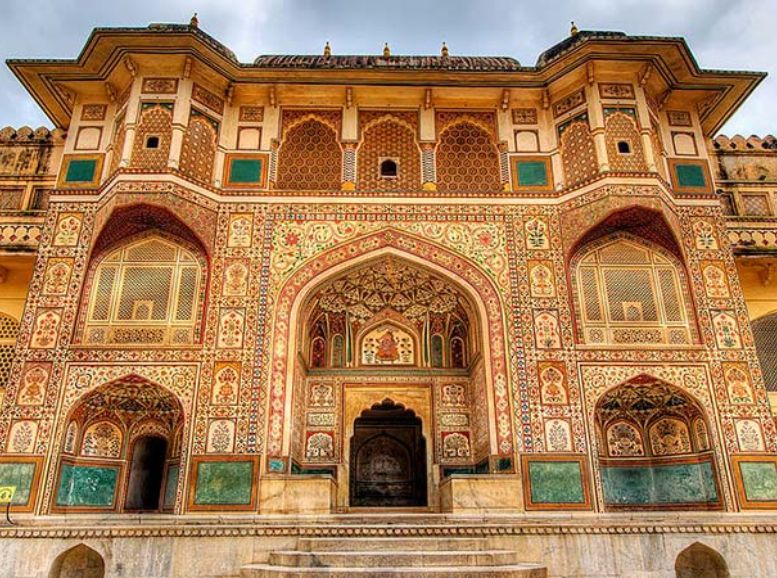

Gracing the entrance to Amber Fort is the Ganesh Pol, a gateway that transcends mere function. Adorned with intricate frescoes and delicate carvings, it’s a captivating prelude to the fort’s grandeur. Look for the prominent depiction of Lord Ganesh, the Hindu deity of wisdom and prosperity, a symbolic guardian welcoming you on your journey through time. Step beneath the arched passage, and admire the meticulous craftsmanship that imbues this historic monument. Don’t forget to capture a photo – this ornate entrance is a frame-worthy reminder of your exploration.
Jaleb Chowk (Main Courtyard):
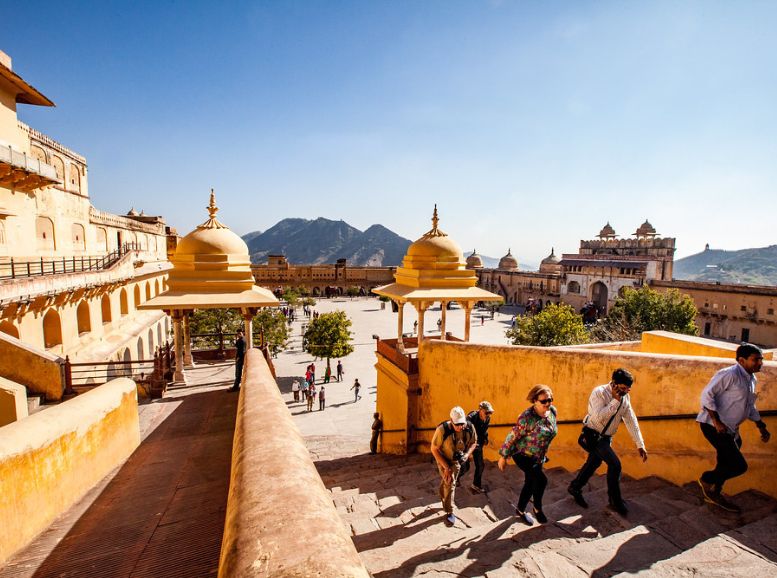

The Jaleb Chowk, meaning ‘courtyard of assembly,’ served as the beating heart of the Amber Fort. Picture this expansive square teeming with life during its heyday. Imagine the echoes of martial music and the thunderous steps of soldiers during Rajput military parades and ceremonies. Today, the Jaleb Chowk stands as a silent sentinel, its grandeur echoing in the meticulously carved facades and imposing fort walls that surround it. Soak in the atmosphere and be transported back to a time of vibrant pageantry.
Kesar Kyari Bagh (Saffron Garden):
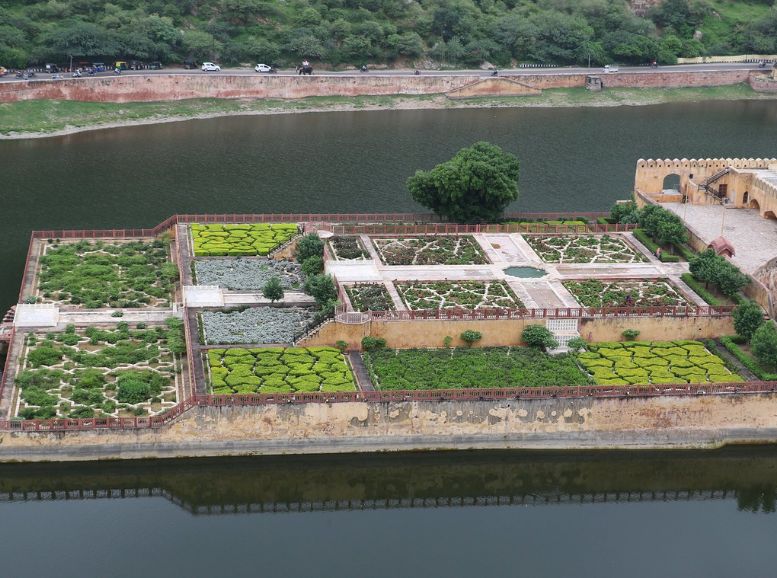

Jaipur’s desert landscape embraces a hidden gem: the Kesar Kyari Bagh. Lush greenery spills over geometric flowerbeds, once bursting with saffron blooms favored by the Maharajas. Fragrant blossoms perfume the air, and serene water bodies shimmer like turquoise jewels. Wander along tranquil pathways, and lose yourself in the cooling embrace of this oasis. Don’t miss the panoramic vistas that stretch beyond the fort walls, offering a glimpse of the bustling city cradled by the Aravalli hills.
Shila Devi Temple: Amber Fort
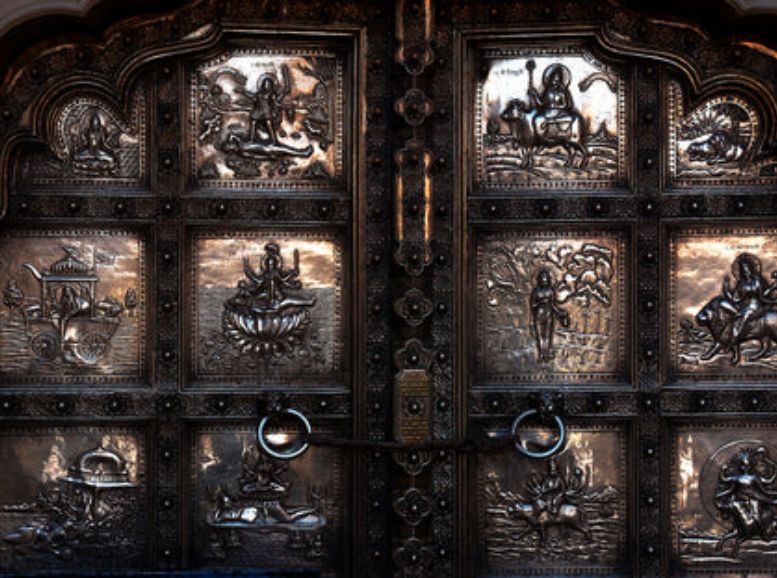

Nestled within the Amber Fort walls lies the Shila Devi Temple, a sanctuary dedicated to the powerful Goddess Kali. Unlike the fort’s opulent halls, this temple offers a serene atmosphere. Intricate carvings and colorful decorations adorn the walls, depicting scenes from Hindu mythology and creating a visual feast for the eyes. Devotees come here to seek blessings and experience a deep sense of peace. Be sure to take a moment to appreciate the rhythmic chants and clanging of bells that fill the temple, a captivating soundscape that adds to the spiritual ambiance.
Local Experiences:
- Ascend Like Royalty: Elephant Ride – Travel back in time for a regal entrance to Amber Fort. This unforgettable elephant ride offers panoramic vistas of the Aravalli hills, reminiscent of Rajasthan’s royal era.
- History Illuminated: Sound and Light Show – Witness Amber Fort’s history come alive in a captivating sound and light extravaganza. This multimedia spectacle projected onto the fort’s walls narrates tales of valor, romance, and intrigue, immersing you in Jaipur’s rich heritage.
- Cultural Kaleidoscope: Rajasthani Folk Performances – Immerse yourself in vibrant Rajasthani culture through live music and dance performances near the fort. Local artists, adorned in colorful attire, showcase age-old traditions like Ghoomar and Kalbelia, accompanied by soulful melodies played on indigenous instruments.
- Treasure Hunt: Shopping at Nearby Markets – Explore the bustling Johari Bazaar and Bapu Bazaar for a treasure trove of local finds. From intricately embroidered fabrics and handcrafted jewelry to traditional Rajasthani artifacts, these markets offer unique souvenirs to commemorate your visit.
- Capture the Essence: Photography Walks – Take a photography walk around the fort and its surroundings. Capture the architectural marvels, vibrant street scenes, and stunning landscapes, transforming them into lasting memories. Whether a beginner or a seasoned photographer, Amber Fort’s timeless beauty offers endless creative opportunities.
- Hands-on Heritage: Cultural Workshops – Participate in cultural workshops near Amber Fort led by local artisans. Learn the secrets behind traditional Rajasthani crafts like block printing, pottery, and miniature painting from skilled craftspeople, connecting with the region’s artistic legacy and creating your own piece of Rajasthani art.
- A Culinary Adventure: Food Tours – Embark on a culinary tour of Jaipur’s local eateries and street food stalls surrounding Amber Fort. Sample authentic Rajasthani specialties, from spicy curries to delectable sweets and snacks, tantalizing your taste buds and leaving you wanting more.
Travel tips:
- Plan Your Pilgrimage: Research opening hours, entry fees, and any special events to maximize your time at this historic wonder. A little pre-trip planning goes a long way!
- Beat the Crowds: Rise and shine! Arrive early to avoid long lines and congested spaces. This also allows for a leisurely exploration at your own pace. Remember, Amber Fort is a popular destination!
- Comfort is King: The fort is vast, with uneven terrain and stairs. Comfortable walking shoes or sneakers are essential for navigating the complex with ease.
- Hydration is Key: Jaipur’s climate can be unforgiving, especially during summer months. Pack a refillable water bottle and stay hydrated throughout your visit. Vendors selling beverages and snacks are also available within the fort.
- Sun Smarts: Jaipur basks in sunshine year-round. Protect yourself with sunscreen, a hat, and sunglasses. Consider carrying an umbrella or opting for lightweight clothing to shield yourself from the heat.
- Respect the Culture: Be a responsible traveler by respecting local customs and traditions. Dress modestly, especially near religious sites, and avoid any disrespectful behavior.
- Shop Like a Local: The markets near the fort are havens for handicrafts and souvenirs. Bargaining is expected, so be prepared to negotiate for the best prices. Remember, courtesy goes a long way!
- Be Security Savvy: As with any tourist destination, be vigilant about your belongings, especially in crowded areas like marketplaces and entrance gates. Pickpockets may be around.
- Ethical Elephant Rides: If you choose an elephant ride, ensure the animals are treated with respect and care. Opt for operators who prioritize animal welfare and avoid activities that exploit wildlife.
Conclusion
Leaving Amber Fort, we carry echoes of Rajasthan’s rich history and vibrant culture. The majestic palaces, adorned with intricate details, stand as testaments to Jaipur’s royal legacy. Our expertly crafted journey, curated by Xplro.com, unfolded like a tapestry of experiences. We found tranquility in serene gardens, vibrancy in bustling markets, and marveled at the shimmering beauty of the Sheesh Mahal. But Amber Fort transcends its architectural wonders. It embodies the enduring spirit of Rajasthan, a tribute to the countless artisans, rulers, and others who shaped its storied past. We depart not just with memories, but with a deeper appreciation for the cultural heritage that defines this enchanting city. Farewell, Amber Fort, until we meet again amidst the timeless landscapes and legends of Rajasthan.
FAQs
Q: What is the historical background of the Amber Fort?
- The Amber Fort, constructed in the late 16th century by Raja Man Singh I, served as the principal residence of the Rajput Maharajas of Jaipur until the city was established.
Q: How far is the Amber Fort from Jaipur city center?
- The Amber Fort is situated approximately 11 kilometers northeast of Jaipur city center, with a travel time of around 30 minutes by road.
Q: What are the operating hours of the Amber Fort?
- The Amber Fort welcomes visitors from 9:00 AM to 5:00 PM daily, including weekends and public holidays.
Q: Is there an entrance fee to access the Amber Fort?
- Yes, entry to the Amber Fort requires a fee. The ticket prices vary for Indian and foreign visitors, with additional charges for camera usage and guided tours.
Q: Can I hire a guide at the Amber Fort?
- Certainly, licensed guides are available at the fort’s entrance to offer guided tours in various languages, providing detailed insights into its history and architecture.
Q: Are visitors allowed to take photographs within the Amber Fort?
- Photography for personal use is permitted inside the Amber Fort. However, restrictions may apply to commercial photography and the use of tripods.
Q: Are audio guides offered at the Amber Fort?
- Yes, visitors can rent audio guides at the Amber Fort for self-guided tours, featuring comprehensive information about its sections and attractions.
Q: Is the Amber Fort accessible for wheelchair users?
- While some areas of the Amber Fort are wheelchair-accessible, the presence of steep slopes and narrow pathways may pose challenges. Staff members are available to assist visitors with mobility concerns.
Q: What are the key highlights to explore within the Amber Fort?
- Key attractions within the Amber Fort include the Sheesh Mahal (Mirror Palace), Diwan-i-Aam (Hall of Public Audience), Diwan-i-Khas (Hall of Private Audience), and Ganesh Pol (Ganesh Gate).
Q: How much time is typically required to tour the Amber Fort?
- Visitors usually spend around 2 to 3 hours exploring the Amber Fort, depending on their interests and pace.
Q: Are there dining options available near the Amber Fort?
- Yes, several restaurants and cafes in the vicinity offer a variety of cuisine options, including authentic Rajasthani dishes and international fare.
Q: What other attractions can be combined with a visit to the Amber Fort?
- Nearby attractions such as Jaigarh Fort, Nahargarh Fort, Jal Mahal (Water Palace), and the City Palace of Jaipur can be explored in conjunction with a visit to the Amber Fort.
